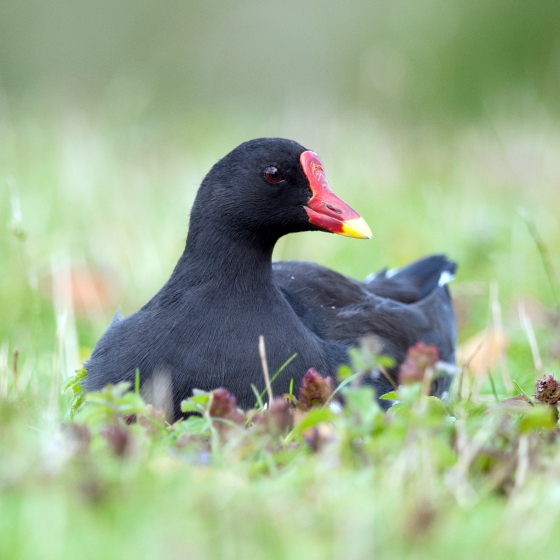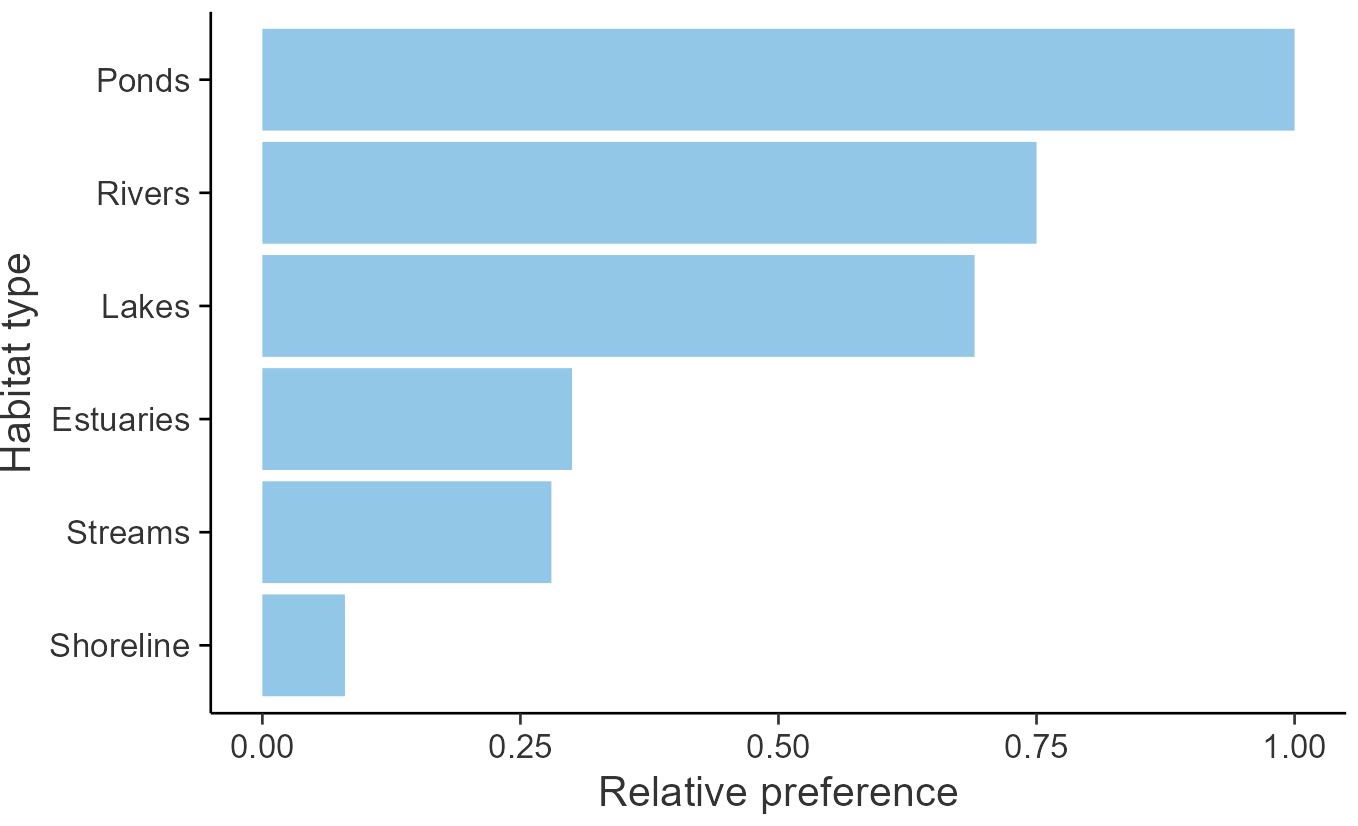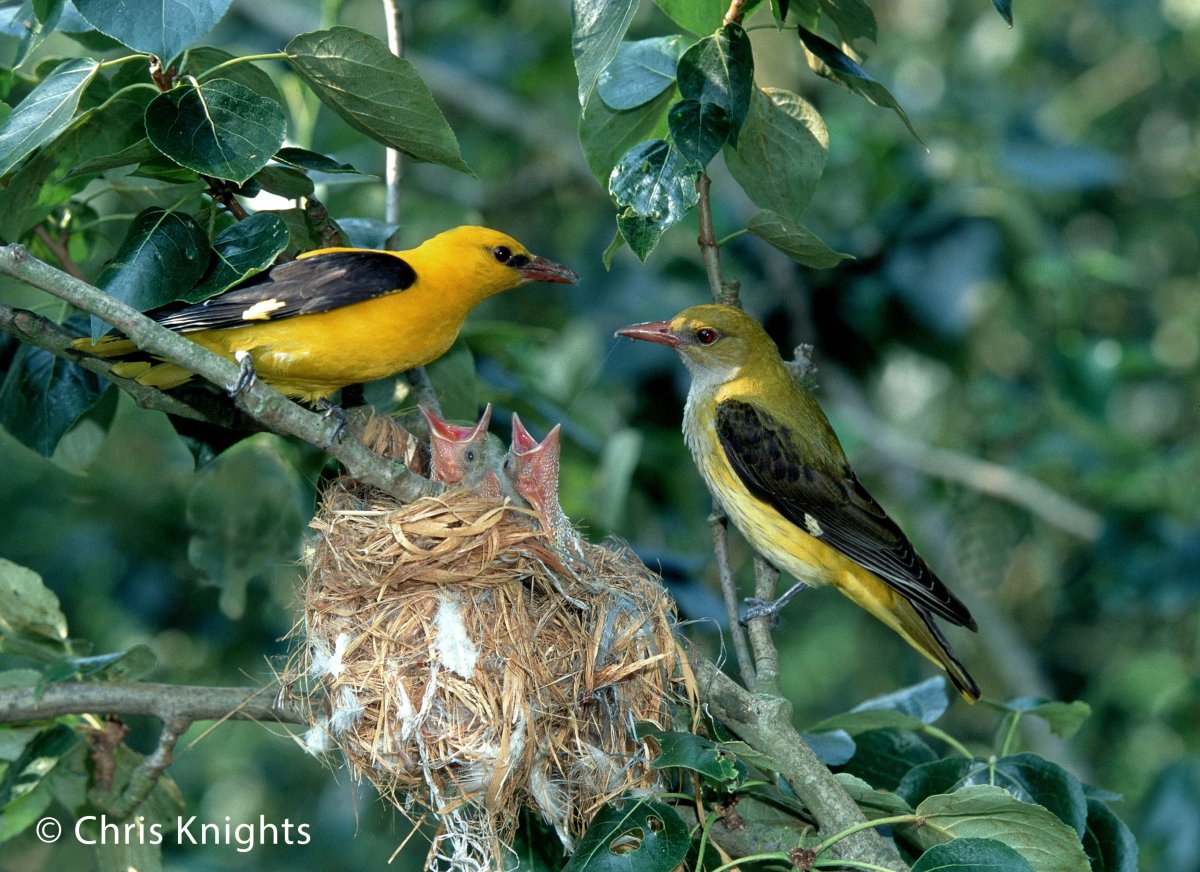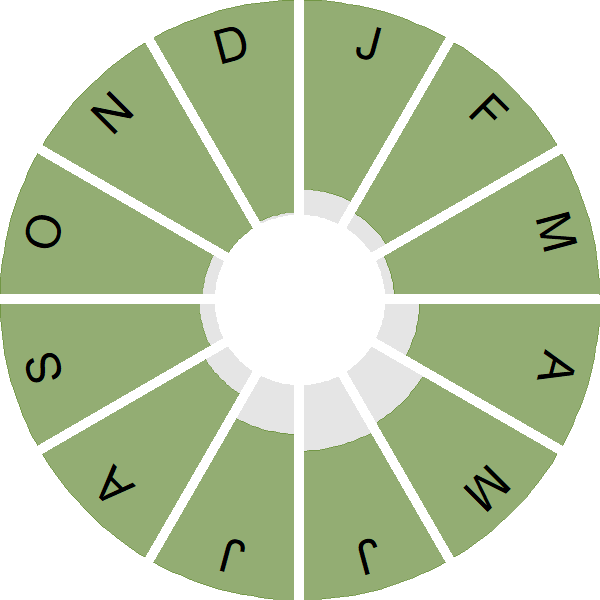Moorhen

Introduction
A very familiar and widespread bird, the Moorhen can even be found in urban parks where there are streams, lakes or small ponds.
Distributed throughout England Wales, Ireland and south-east Scotland, Moorhens avoid high ground. British and Irish Moorhens are sedentary, occupying their lowland habitats year-round. In winter the population is swelled by birds migrating here from the Continent.
In addition to swimming well on water, Moorhens can often be seen foraging on grassy margins, when their white undertail is flicked as a prominent signal to others. Moorhen courtship and territoriality has been well studied owing to their abundance in and around University towns.
- Our Trends Explorer gives you the latest insight into how this species' population is changing.

Key Stats
Identification
ID Videos
This section features BTO training videos headlining this species, or featuring it as a potential confusion species.
Coot & Moorhen
Songs and Calls
Call:
Alarm call:
Flight call:
Begging call:
Young call:
Status and Trends
Conservation Status
Population Change
Trends for this species show wide fluctuations that are related to its high potential for reproduction and to its susceptibility to cold winter weather. The BBS map of change in relative density between 1994-96 and 2007-09 indicates that numbers have increased in England and Wales but decreased in Northern Ireland and possibly Scotland. Wintering numbers in Britain, which include many continental breeders, fell between 2008 and 2013 (WeBS: Frost et al. 2020). Numbers across Europe have been broadly stable since 1980 (PECBMS: PECBMS 2020a>).
Distribution
In winter and the breeding season, Moorhens are widely distributed throughout most of Britain and Ireland on a wide variety of lowland freshwater wetlands and agricultural areas with abundant drainage ditches. They are absent from many upland areas of Wales, northern England and northern and western Scotland.
Occupied 10-km squares in UK
or view it on Bird Atlas Mapstore.
or view it on Bird Atlas Mapstore.
European Distribution Map
Distribution Change
There have been marked range losses in Ireland, but population declines in Britain have not yet resulted in significant range loss.
Change in occupied 10-km squares in the UK
or view it on Bird Atlas Mapstore.
or view it on Bird Atlas Mapstore.
Seasonality
Moorhens are widely reported and present year-round.
Weekly pattern of occurrence
The graph shows when the species is present in the UK, with taller bars indicating a higher likelihood of encountering the species in appropriate regions and habitats.

Habitats
Breeding season habitats
Relative frequency by habitat
The graph shows the habitats occupied in the breeding season, with the most utilised habitats shown at the top. Bars of similar size indicate the species is equally likely to be recorded in those habitats.

Movement
Britain & Ireland movement
Foreign locations of birds ringed or recovered in Britain & Ireland
Dots show the foreign destinations of birds ringed in Britain & Ireland, and the origins of birds ringed overseas that were subsequently recaptured, resighted or found dead in Britain & Ireland. Dot colours indicate the time of year that the species was present at the location.
- Winter (Nov-Feb)
- Spring (Mar-Apr)
- Summer (May-Jul)
- Autumn (Aug-Oct)

European movements
EuroBirdPortal uses birdwatcher's records, such as those logged in BirdTrack to map the flows of birds as they arrive and depart Europe. See maps for this species here.
The Eurasian-African Migration Atlas shows movements of individual birds ringed or recovered in Europe. See maps for this species here.
Biology
Productivity and Nesting
Nesting timing
Egg measurements
Clutch Size
Incubation
Fledging
Survival and Longevity
Survival is shown as the proportion of birds surviving from one year to the next and is derived from bird ringing data. It can also be used to estimate how long birds typically live.
View number ringed each year in the Online Ringing Report.
lifespan
Survival of adults
Biometrics
Wing length and body weights are from live birds (source).
Wing length
Body weight
Ring Size
Classification, names and codes
Classification and Codes
- Order: Gruiformes
- Family: Rallidae
- Scientific name: Gallinula chloropus
- Authority: Linnaeus, 1758
- BTO 2-letter code: MH
- BTO 5-letter code: MOORH
- Euring code number: 4240
Alternate species names
- Catalan: polla d'aigua comuna
- Czech: slípka zelenonohá
- Danish: Rørhøne (Grønbenet)
- Dutch: Waterhoen
- Estonian: tait
- Finnish: liejukana
- French: Gallinule poule-d’eau
- Gaelic: Cearc-uisge
- German: Teichhuhn
- Hungarian: vízityúk
- Icelandic: Sefhæna
- Irish: Cearc Uisce
- Italian: Gallinella d'acqua
- Latvian: udensvistina
- Lithuanian: nendrine vištele
- Norwegian: Sivhøne
- Polish: kokoszka (zwyczajna)
- Portuguese: galinha-d'água-comum
- Slovak: sliepocka vodná
- Slovenian: zelenonoga tukalica
- Spanish: Gallineta común
- Swedish: rörhöna
- Welsh: Iâr Ddwr
- English folkname(s): Waterhen
Research
Causes of Change and Solutions
Causes of change
The main drivers of the recent decline are unclear.
Further information on causes of change
A decline in the number and quality of farmland ponds, and the spread of American mink Neovison vison, which is an important predator especially along watercourses, have been suggested as possible causes of regional and local decline. The failure rate of nests has increased, and there has been corresponding decline in the number of fledglings per breeding attempt.
Modelling suggests that climate change may have had a positive impact on the long-term trend for this species, resulting in less negative trends than would have occurred in the absence of climate change (Pearce-Higgins & Crick 2019).
Information about conservation actions
Whilst the Moorhen population has fluctuated, the recent downturn has been of sufficient magnitude to prompt lower level alerts. The reasons for the decline and hence potential conservation actions are unclear. Theoretically, the increases in the availability and quality of wetland habitats which have benefited many other breeding waterbird species, should also have benefited Moorhen. However, this species is more widely distributed than many other wetland species with birds frequenting dispersed, smaller patches of habitat such as farm ponds which may have decreased in number and quality in some areas (Heath & Whitehead 1992; Jeffries 2012; Davies et al. 2016). Policies which encourage the creation of suitable ponds or similar habitat should therefore be considered in order to potentially benefit this species, although further research is needed to inform other conservation actions.
Publications (1)
The risk of extinction for birds in Great Britain
Author: Stanbury, A., Brown, A., Eaton, M., Aebischer, N., Gillings, S., Hearn, R., Noble, D., Stroud, D. & Gregory, R.
Published: 2017
The UK has lost seven species of breeding birds in the last 200 years. Conservation efforts to prevent this from happening to other species, both in the UK and around the world, are guided by species’ priorities lists, which are often informed by data on range, population size and the degree of decline or increase in numbers. These are the sorts of data that BTO collects through its core surveys.
01.09.17
Papers


